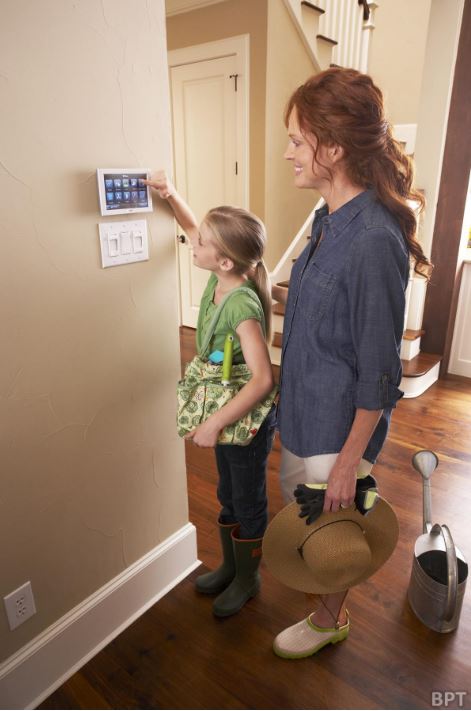 (BPT) – As the U.S. housing industry continues to emerge from the Great Recession, signs are pointing toward positive recovery. In fact, a recent report from the Joint Center for Housing Studies of Harvard University states that the home improvement industry could see record spending in 2015. It’s news like this that may have you contemplating an update to your house. Even if you plan to stay in your home for years to come, it’s important to consider which home remodeling projects offer the potential for a positive return on investment.
(BPT) – As the U.S. housing industry continues to emerge from the Great Recession, signs are pointing toward positive recovery. In fact, a recent report from the Joint Center for Housing Studies of Harvard University states that the home improvement industry could see record spending in 2015. It’s news like this that may have you contemplating an update to your house. Even if you plan to stay in your home for years to come, it’s important to consider which home remodeling projects offer the potential for a positive return on investment.
“Research shows that more homeowners intend to remain in their homes after remodeling, however, resale value is still a major factor when planning renovations,” says Susan Selle, chief marketing officer of exterior building products manufacturer Ply Gem Industries.
Before spending a significant amount of time and money on your next home improvement project, consider these tips.
Five home improvements with the highest ROI
The 2015 Remodeling Magazine Cost vs. Value report identifies these top five mid-range exterior home renovations as beneficial investments that allow homeowners to recoup a substantial percentage of their investment when they resell their homes:
* Replacing the front door (steel 101.8 percent)
* Adding manufactured stone veneer (92.2 percent)
* Replacing the garage door (88.4 percent)
* Replacing the siding (vinyl 80.7 percent)
* Adding a deck (wood 80.5 percent)
The cost-value ratio compares resale value to construction cost. The higher the percentage, the more of the job costs you are likely to recoup when selling your home.
selling your home.
“Homeowners want lasting value from their exterior renovation projects, so it’s important to select the best materials for the job upfront,” says Jerry Blais, senior vice president of marketing for Ply Gem Industries. “For example, when choosing siding for the home, vinyl siding provides overall better performance than wood, engineered wood and fiber cement and requires less maintenance both in the short and long term, allowing homeowners to complete their renovation and enjoy it, hassle-free, for years. In addition, vinyl siding provides the styles, textures and stylish colors homeowners want to create beautiful curb appeal.”
Budgeting for success
Once you’ve decided which replacement and remodeling projects will offer the best ROI, develop a schedule and a budget to ensure the home makeover remains financially sound. The budget defines the project’s scope, estimates overall costs, and helps to establish priorities. Generally, renovation costs should not exceed 30 percent of your home’s value and should be consistent with housing trends in your neighborhood.
What should the budget include? Websites like www.plygem.com offer comprehensive advice for creating a renovation budget and sticking to it. To start, consider these likely-to-occur expenses:
* Contractor costs. These include labor and may incorporate employee benefits, professional fees, permit and inspection charges and, of course, profit. Get at least three contractor estimates to ensure your contractor is cost-effective and reputable.
* DIY costs. Should you forgo a contractor? Keep in mind you will need to rent or buy power tools and equipment and potentially learn new skills.
* Hidden costs. For example, bringing outdated electrical or plumbing installations to code, or removing lead paint.
* Site preparation costs. For exterior renovations, this may include tree trimming, clearing land, and renting a haul-away container.
* Interim housing costs. If you plan to relocate, you will need living expenses for the project’s duration.
* Material cost. These include large expenses and small ones (ex. nails, trim) and could account for as much as half to 75 percent of the total cost. Factor in an extra 6-to-10 percent for waste for materials that are cut and fitted.
Bringing it home
If you’re interested in near-term resale value, it’s important to make sure that selling your home will at least recoup the cost of any completed projects. If you plan to stay in your home for many years, however, you’ll not only benefit from an improved resale value down the road, but you’re also more likely to appreciate the improved comfort and curb appeal in the meantime.



